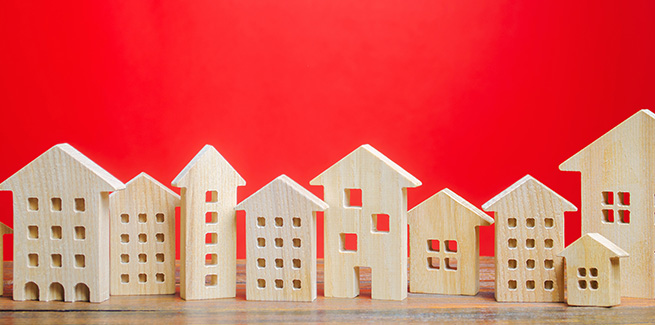The newly released Global Residential Cities Index from Knight Frank has compared house price growth across 150 international cities in the first quarter of 2021.
On average, urban house prices are rising by 7.4 per cent annually across the world, the fastest rate since 2007.
Of the 150 cities tracked by the index, 43 have registered annual price growth rates with double digits, above 10 per cent.
The city with the fastest annual price growth was Izmir in Turkey, with a 12-month change of 33.9 per cent. Ankara, also in Turkey, came second, with 30.3 per cent.
Aside from Turkey, Wellington in New Zealand, Seoul in South Korea, Halifax in Canada, Moscow in Russia and Phoenix in the US also sat within the top 10 rankings for annual price growth.
In Australia, Canberra had the highest annual growth rate of 15.7 per cent, compared with 6.6 per cent in the previous quarter.
The escalated rate bumped Australia’s capital to 17th place in the index, from 56th in the fourth quarter of 2020.
Hobart was second in Australia, with its growth rate of 13.8 per cent placing it at 23rd place internationally. However, it had stayed fairly consistent with the previous quarter’s ranking of 22nd place.
Darwin, with its growth rate of 10.8 per cent, came in at 41st place on the index, shooting up from 84th in Q4 2020 (when its rate was 4.5 per cent).
Adelaide followed at 44th, with its rate of 9.8 per cent, after being 50th, with 7.3 per cent growth.
Perth reached 51st place with its rate of 8.9 per cent, after it was 66th in Q4 2020, with 6 per cent growth.
Sydney was also just outside the top third of international cities, with its growth rate of 8.6 per cent placing it at 55 – although it had jetted from 85th in the previous quarter, with 4.5 per cent growth.
Melbourne was 70th, up 30 places from the previous quarter, with its rate of 6.4 per cent, while Brisbane was 89th, only by two places, with its growth of 5 per cent.
Michelle Ciesielski, head of residential research Australia, commented that the nation’s least populated capital cities had led price growth, trending above the global average.
“The increase in sales transactions demonstrates the commitment in the migration of people moving towards these smaller cities and regional areas, and many first home buyers have been in a better position to buy given the relative value compared to where they were previously living,” Ms Ciesielski said.
Further, she noted that the rental vacancy in the five smaller cities (Canberra, Hobart, Darwin, Adelaide and Perth) had halved from an average of 2.4 per cent at the start of the pandemic to 1.2 per cent.
“In these markets, we estimate the balance between supply and demand to be around 3 per cent, so there is already a significant shortage of stock with very little planned to be built in these cities in the coming years,” Ms Ciesielski said.
The Australian housing market saw property prices grow by 13.5 per cent in the 2021 financial year, as shown in recent data from CoreLogic.
Meanwhile, the level of movement of capital city dwellers to regional areas is at a three-year high, with net regional migration in the March quarter 66 per cent greater year-on-year, according to CBA and the Regional Australia Institute.
[Related: FHB grants fast-track home ownership by 5 years: CBA]
 ;
;
